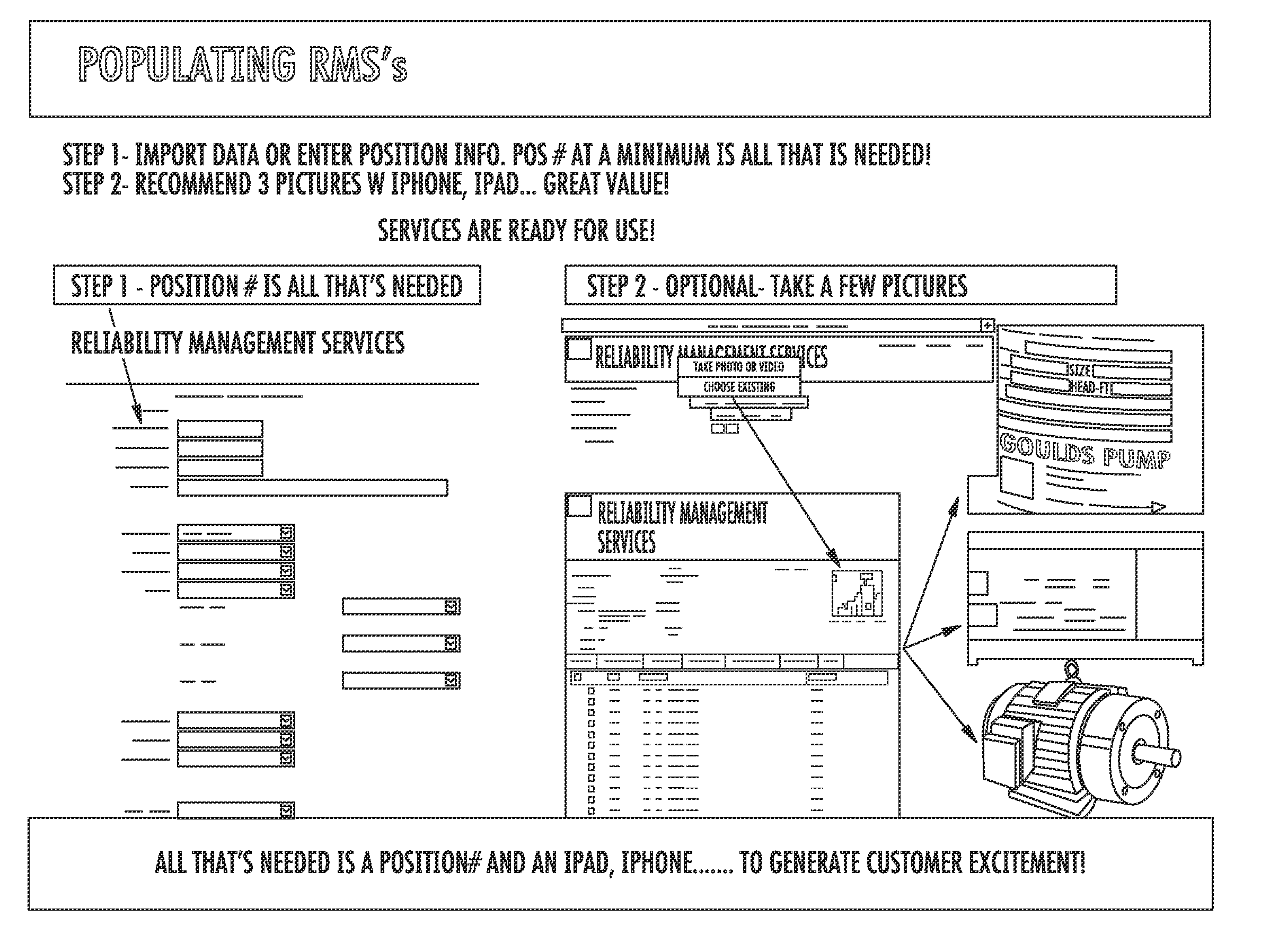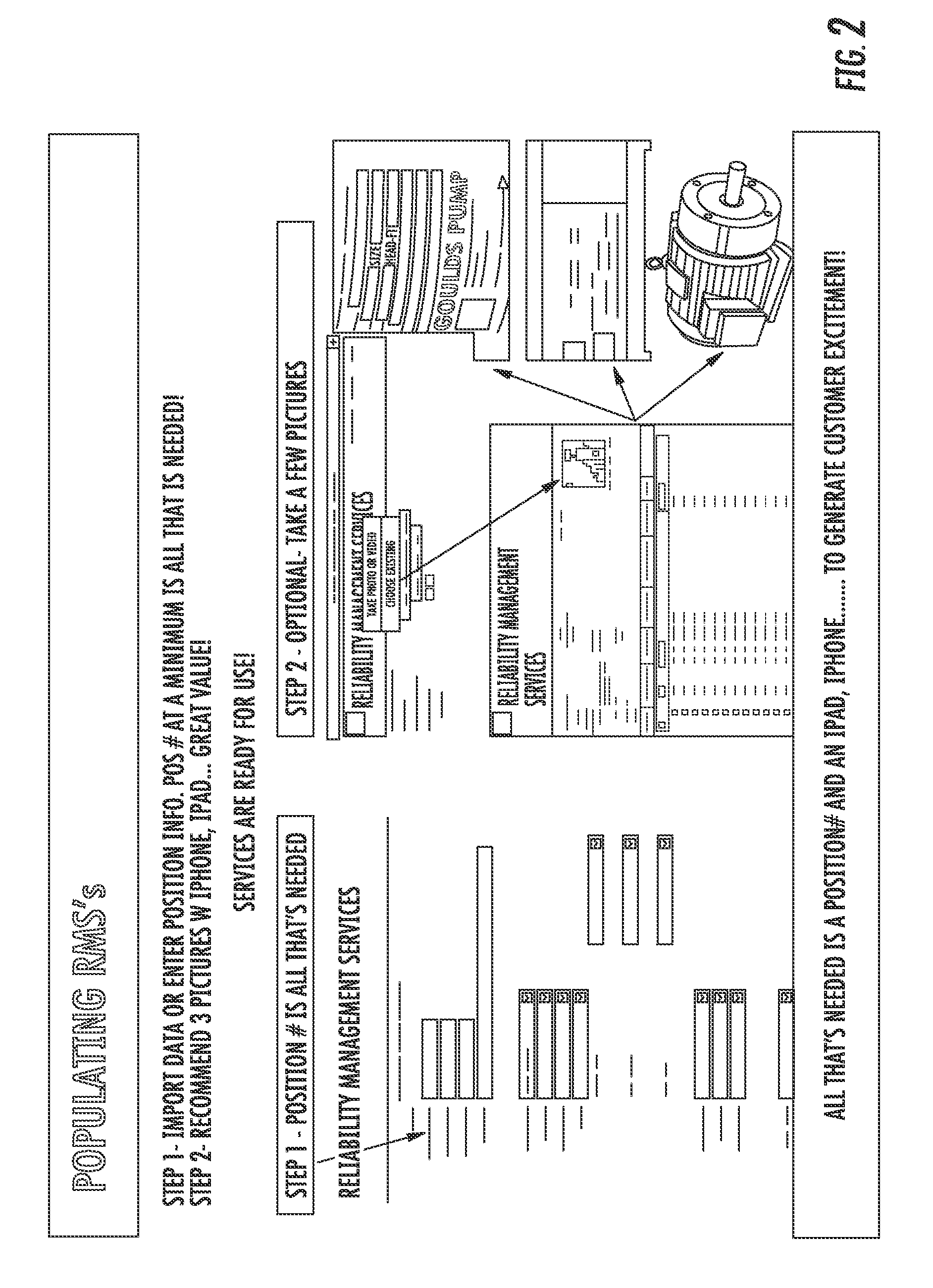Currently, there is no integrated system in place that allows real-time tracking of plant equipment assets that provides accurate maintenance logs, full and detailed equipment ordering and part data and communication with an equipment
distributor or manufacturer directly for replacement parts, services and components.
The repair and maintenance process is a manual process, prone to errors in communication and understanding between supplier and customer.
In addition to communications problems, the different levels of experience among the sales engineers may lead to
confusion when different sales engineers working for the same manufacturer make different recommendations based on their experience and understanding of the equipment.
Even if the selection process is accurate for given conditions, improper installation, operation or maintenance or repair of the pump and seals may degrade the operation.
A lack of trained personnel often is a factor in improper installation, operation and maintenance of a mechanical seal or pump.
In particular, it is possible that a sales engineer without proper training may select an improper seal.
Because the configuration of the
processing plant changes often, it is difficult to maintain data about the configuration of the plant up to date.
Processing plant reliability managers commonly do not have a convenient and timely method of determining the current state of equipment in a plant.
In addition, because of the lack of information regarding the current state of equipment within the plant, the
plant maintenance or reliability manager often has inadequate information for cost and
failure analysis.
Without accurate up to date information on the current state of a piece of equipment, however, these measures cannot be computed accurately.
Further tracking of the operational history of the equipment may reveal operating conditions that are incompatible with a seal or pump or other equipment.
However, the data required to undertake such a
structured analysis is often not recorded centrally and is not at the disposal of the plant staff.
Since maintenance records on plant equipment is poorly maintained if at all, the equipment is only addressed when it fails.
In such a situation the wrong parts are often used.
While the seal of a pump, for example, may be replaced multiple times, because of the lack of maintenance
record on the equipment the fact that the wrong seal is being installed each time or that one of the bearings is failing causing pump eccentricity or vibration is being missed and sets up the facility for a cycle of failure.
The system is typically stand alone and is only as good as the data that is entered and only remains viable if the data is regularly audited and updated.
The problem is that such systems are relatively high in cost and their standalone nature makes them labor intensive for implementation and regular updating.
This cycle of poor
record keeping and lack of system updating is continually reinforced by lack of institutional knowledge of the equipment, legacy ordering of parts with the wrong or prior part number and the lack of best practices
diagnostic information.
As a result, the maintenance overhead rises dramatically.
Most manufacturers and distributors would like to monetize and capture this lucrative revenue
stream, but none of the current equipment management systems allow a connection that facilitates such event capture and monetization.
In addition manufacturers and distributors many times do not know where their equipment is installed, in what plants, and in what applications.
They do not know how their equipment is performing, when failures occur and many times lose out on the lucrative aftermarket revenue streams mentioned above.
Even with large and prohibitively expensive staff to ensure reliability, the issues identified above are not resolved.
This is because there still is not an integrated system that tracks all mechanical plant equipment.
 Login to View More
Login to View More  Login to View More
Login to View More 


